By Justin Gamiao, Alex Morrow, and Steven Phung
Graphic Design, UI/UX Design, Branding/Visual Identity, Prototyping
Graphic Design, UI/UX Design, Branding/Visual Identity, Prototyping
In the Design class I took during my time at UC San Diego, one of our final projects was to build, design, and pitch a kiosk prototype that tackles any major issue of our choosing in the span of 6 weeks. This kiosk had to be a physical prototype that included digital interactions, and utilized some additional form of physical interaction (ex. bar code scanning, facial recognition, card swiping, etc.). Additionally, we designed many storyboards, conducted interviews, did user research/observation, and made multiple pitches in order for this kiosk concept to come into fruition.
Our team decided that we wanted to work on a kiosk prototype that tackled the notion of sustainability in our everyday life. Ultimately, we decided to see what we could do to reduce the waste of paper and plastic coffee cups.
On average, nearly 8 trillion coffee cups are dumped into our oceans each year. While retailers such as Starbucks have been moving forward with more sustainability-minded actions, including opting out of straws and most plastic lids, we are still left to face the consequences of the paper and plastic cups many retailers still must use.
In order to help the average coffee connoisseur become more sustainable, we designed CupEco, a kiosk that aims to lessen the disposable cup waste that plagues the world.
How It Works
Many coffee retailers and cafes these days encourage customers to bring their own reusable cup or mug, often with the added benefit of receiving discounts. However, it's still a rare thing for people to do these days, as most coffee drinkers we've interviewed either don't own one, or don't want to deal with the hassle of carrying a dirty cup with them everywhere. Our kiosk aims to solve both issues.
This kiosk is akin to a rental bike or scooter (Spin, Bird, Lyft, etc.), but more for coffee (and in general, any beverage) drinkers. Users are able to rent reusable cups at any kiosk they find, either in cafes, mall lobbies, office cafeterias, the street, and more. Each cup comes with a unique bar code, which helps users return the cups at a later time. Once they have the cup, they can go about their day, drinking all the coffee they desire.
Once they are finished with the cup, they can return to any kiosk they find. They must scan the barcode, and then follow the instructions on the kiosk, which shows them how to clean the cup. The cup is placed in a window, and similar to a dishwasher, is thoroughly cleaned, sanitized, and stored away for the next person to use.
The business model for the kiosks is that users are given a free cup for up to 24 hours; any time after their time limit, they will be charged fees. This encourages the average coffee drinker to use these, as not only are they cost effective, but it aids the average person's journey to living a more sustainable life. There would no longer be an excuse for not owning a reusable coffee cup, as these would be free and abundant everywhere. Additionally, users can return them whenever they are finished, allowing them to not have to hold a cup with them wherever they go (especially those who don't have the space in their bags to do so).
Video Demonstration
Style Guide
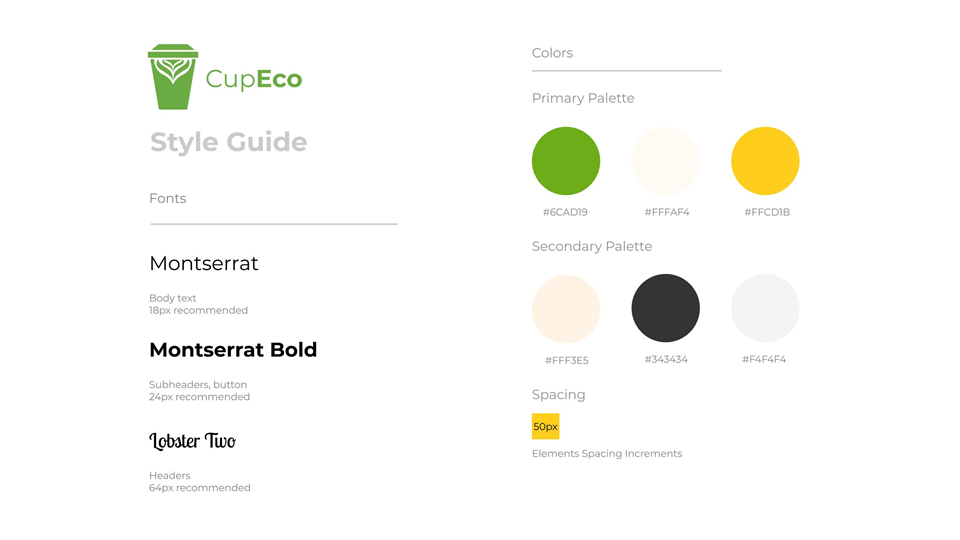
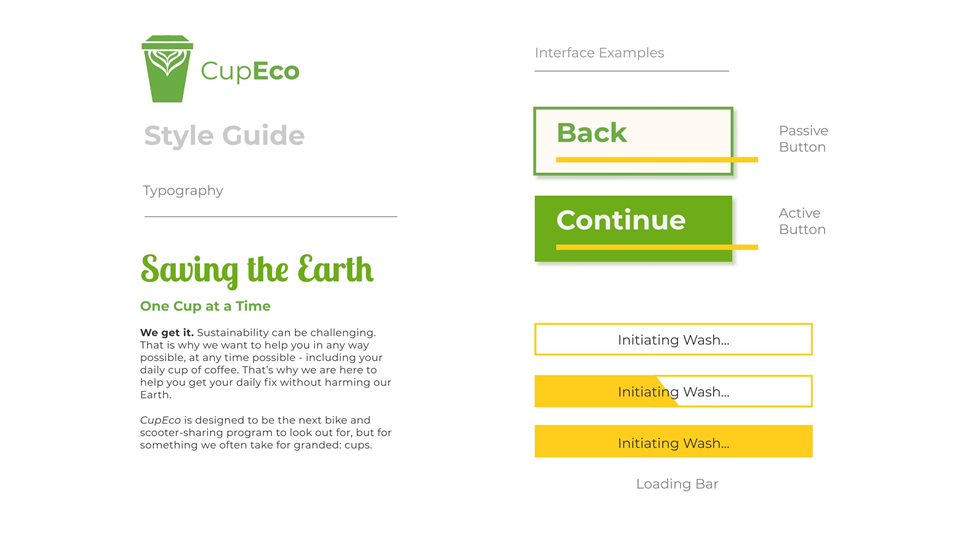

Visual Elements
Digital Interface
Physical Mockup
Physical Prototyping
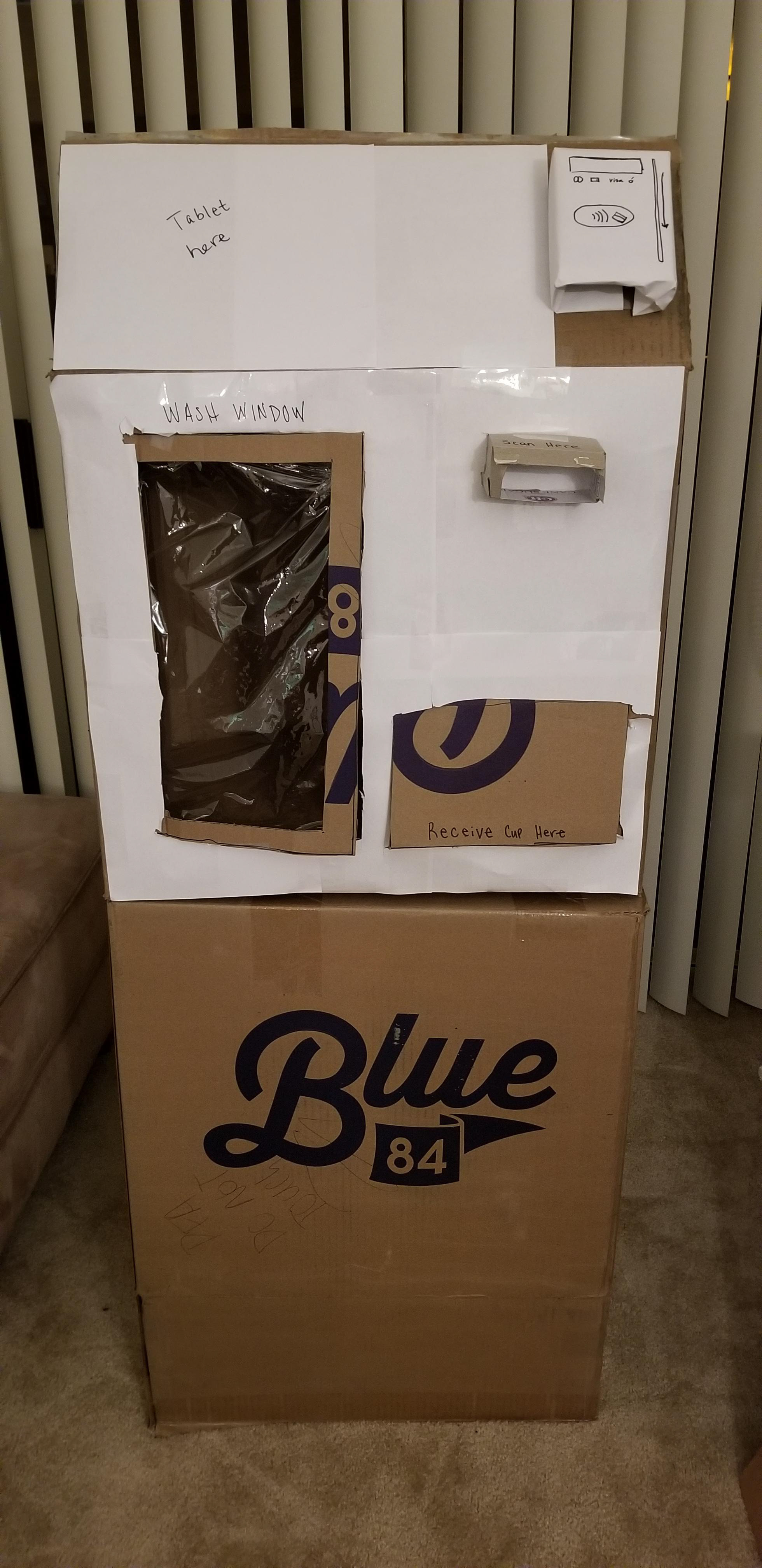
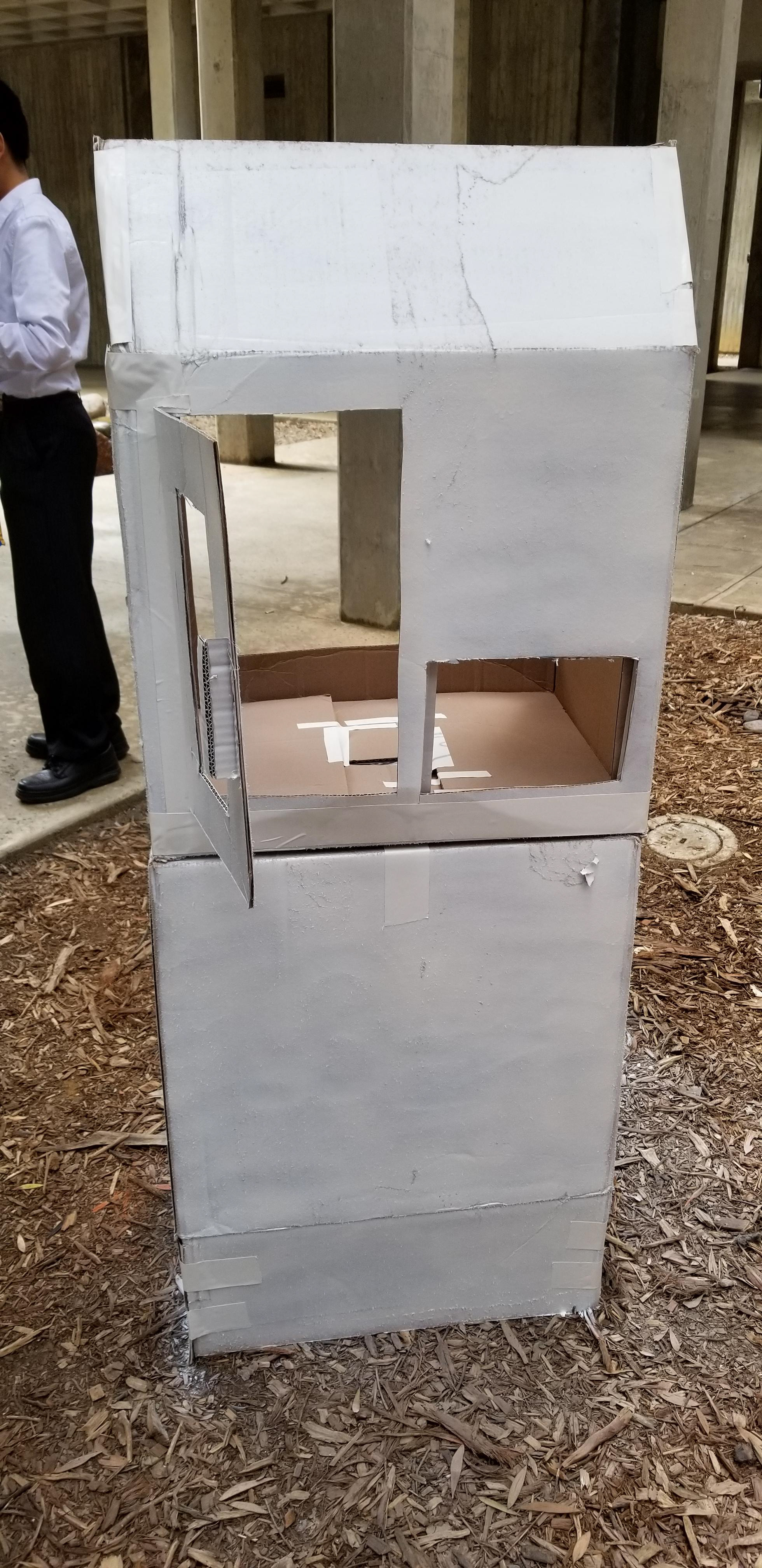
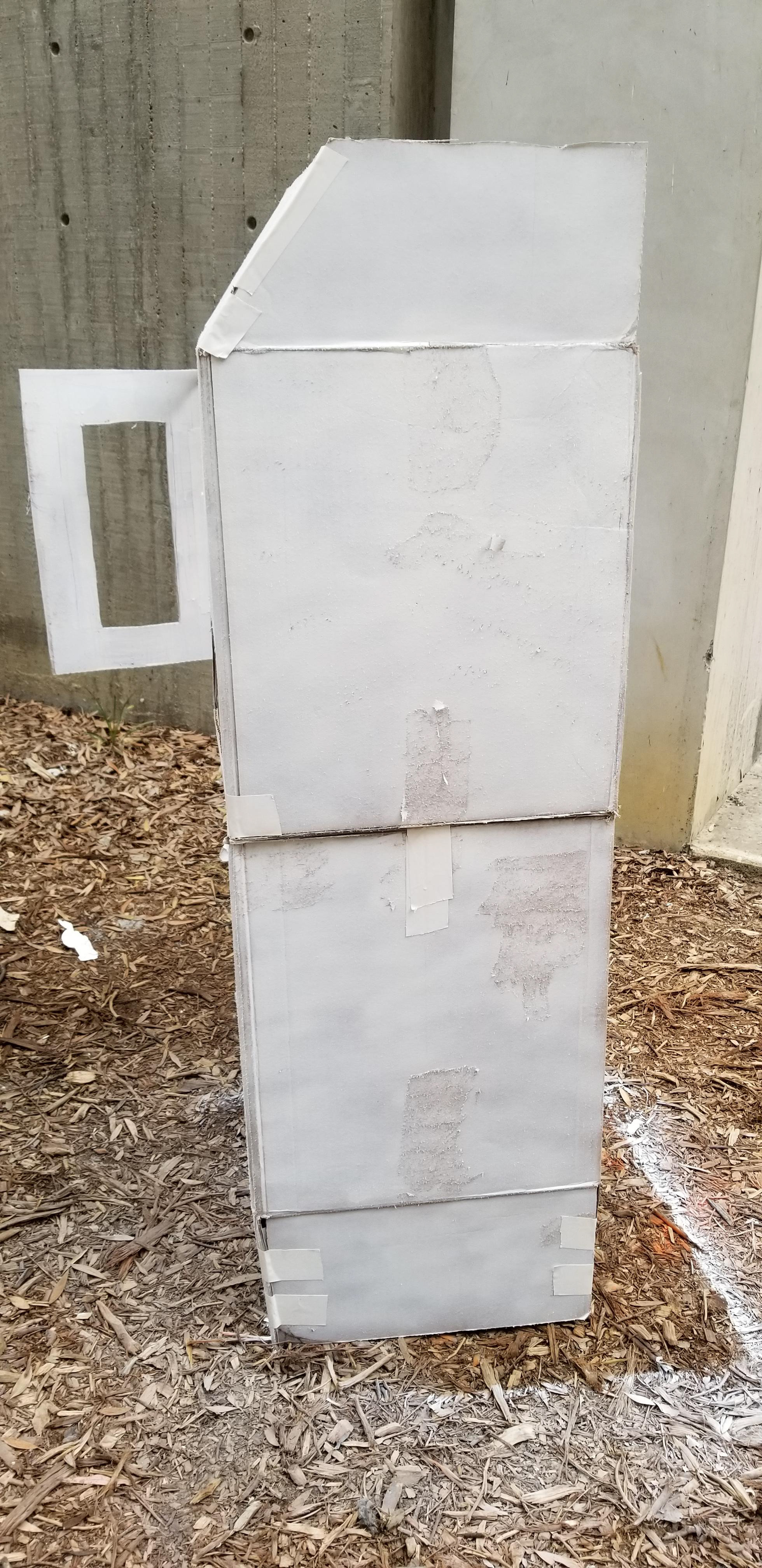
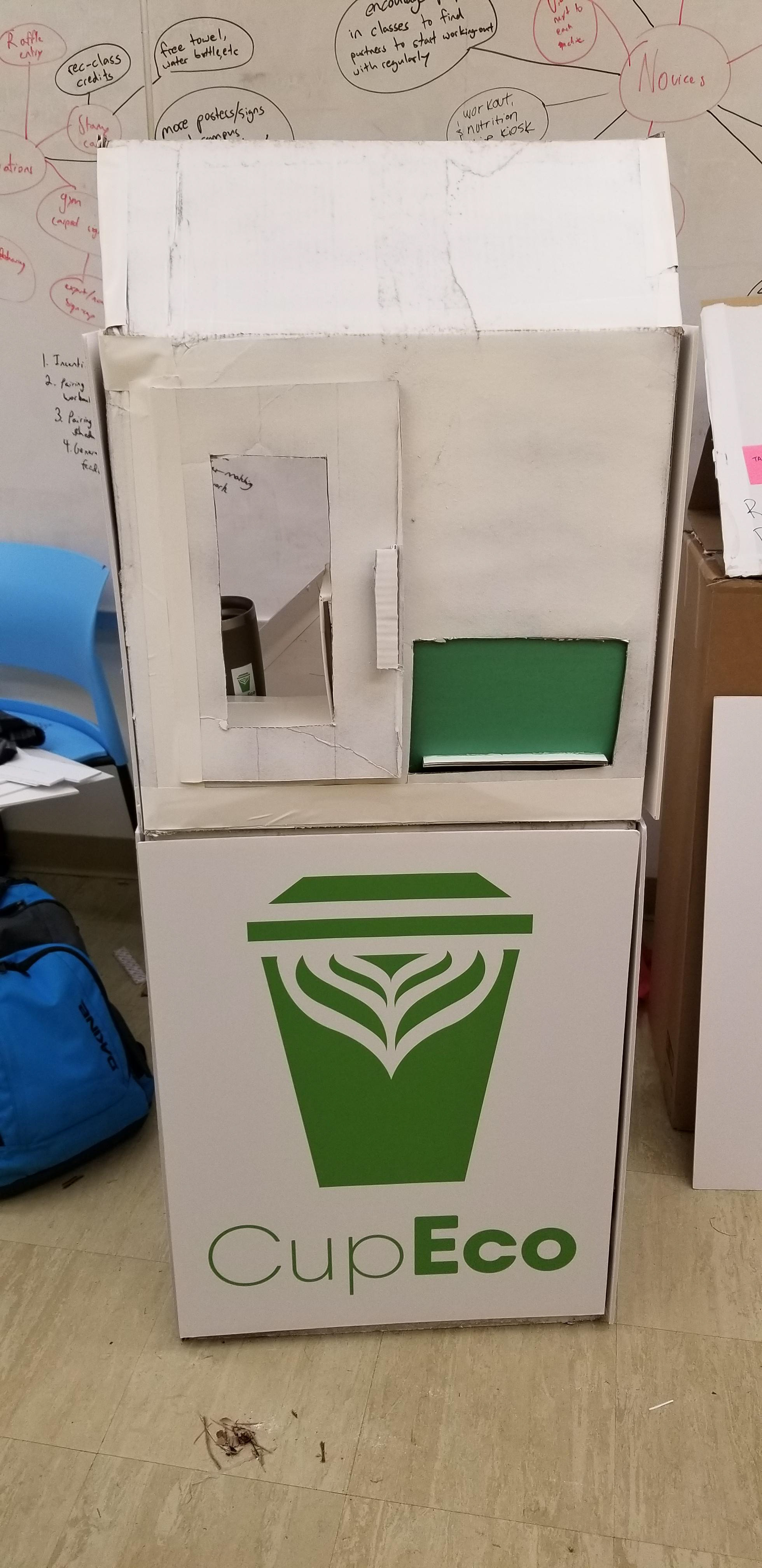
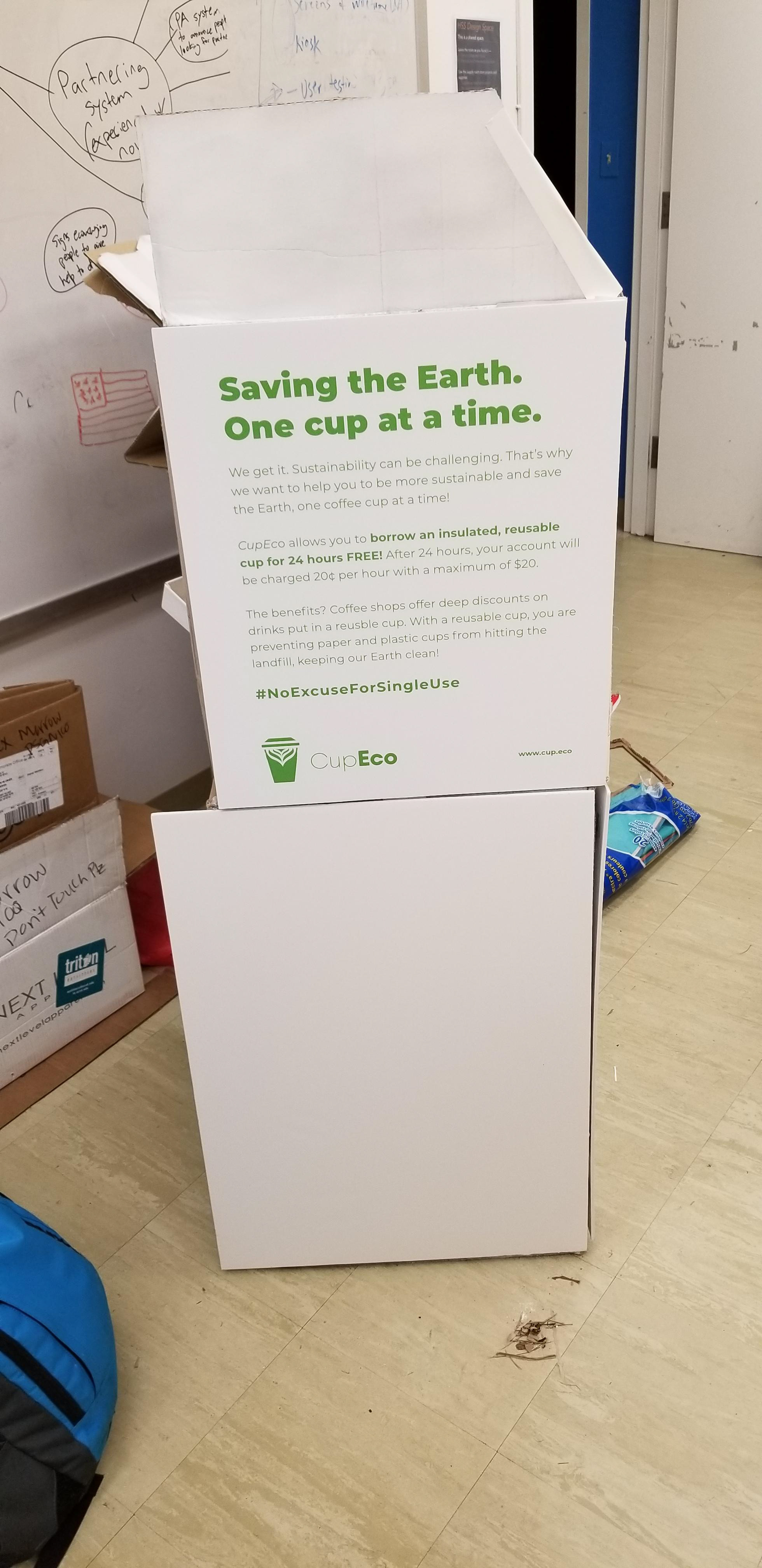
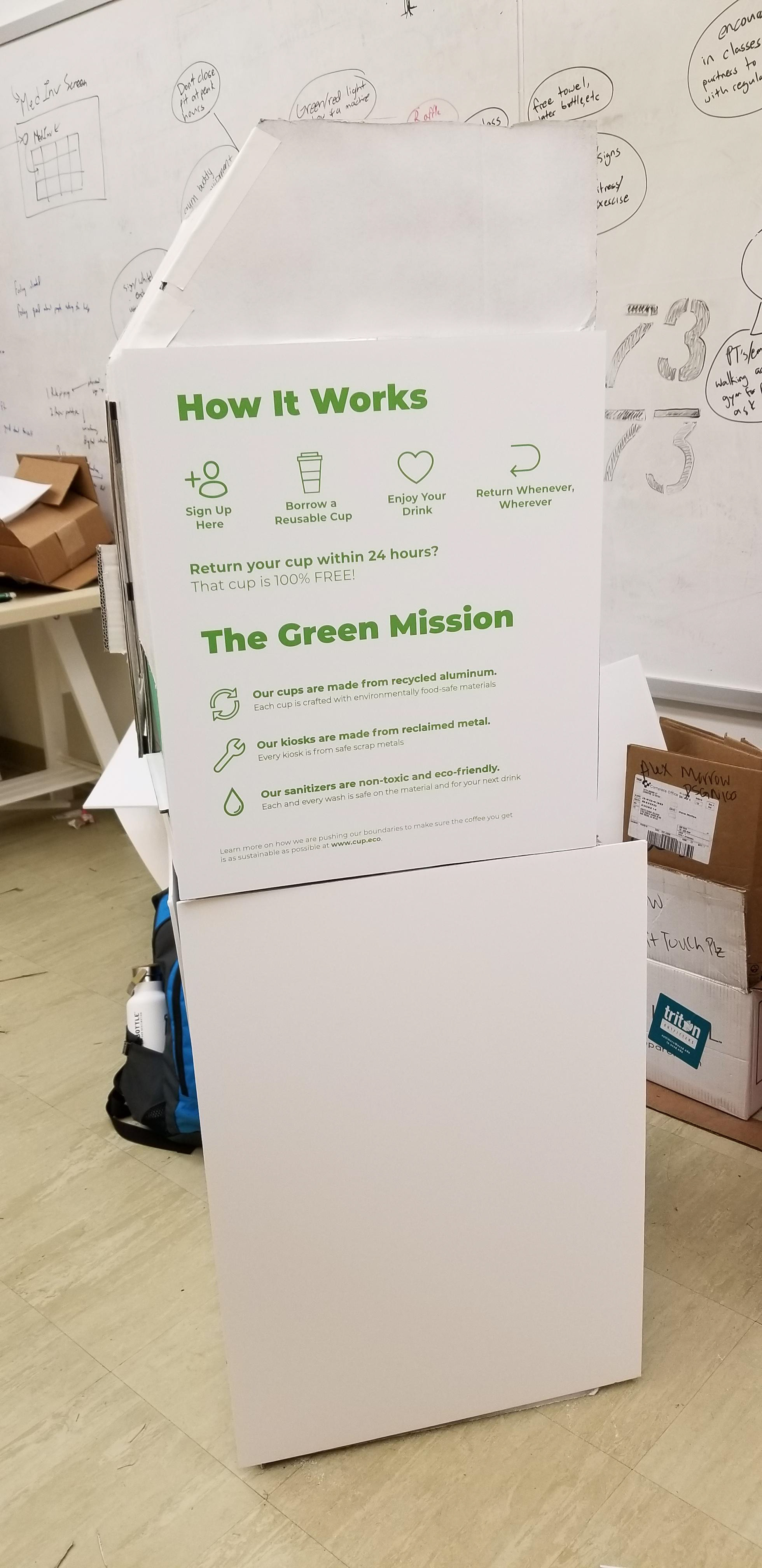
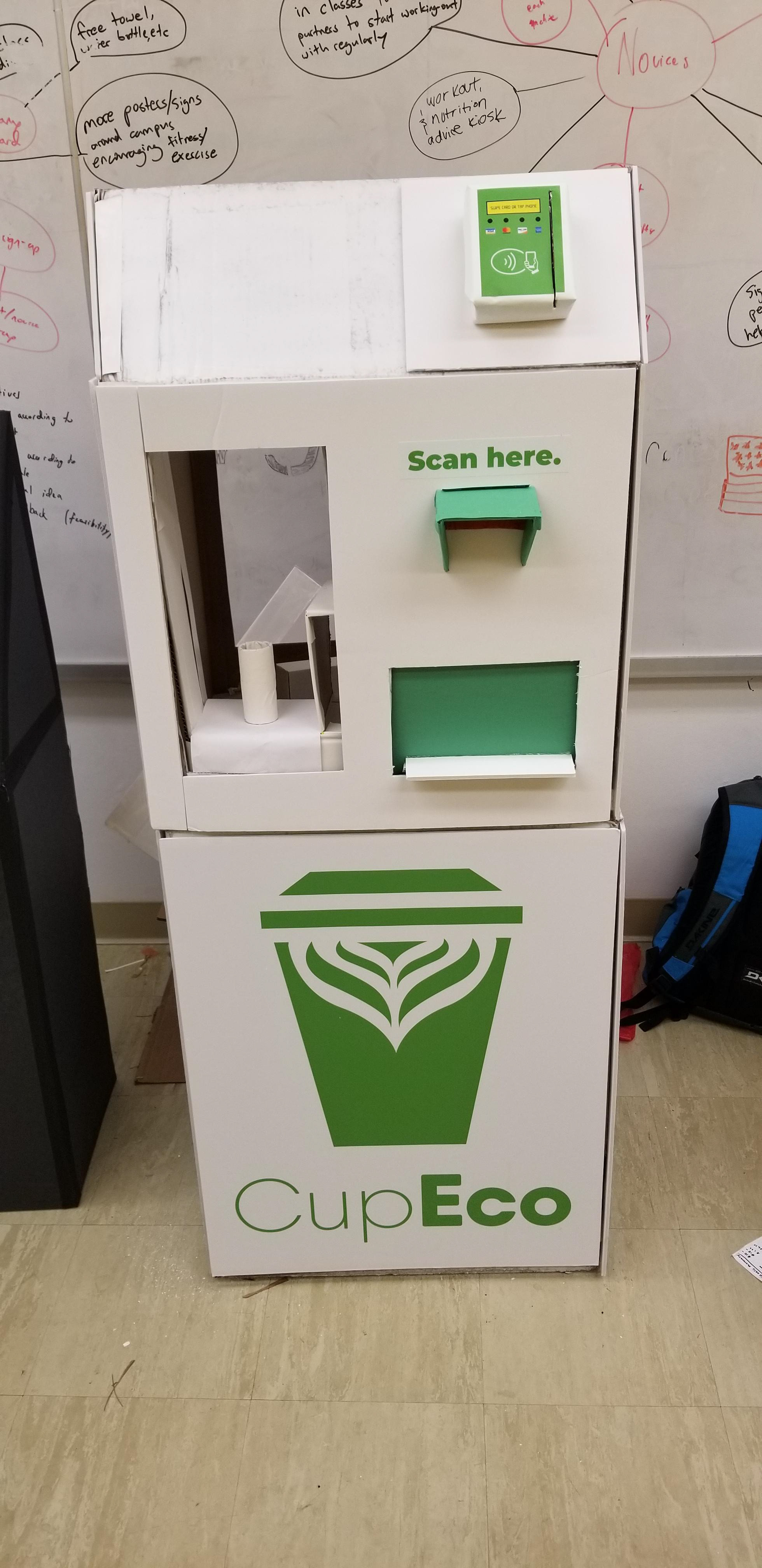
– Credits –
Justin Gamiao, Alex Morrow, Steven Phung